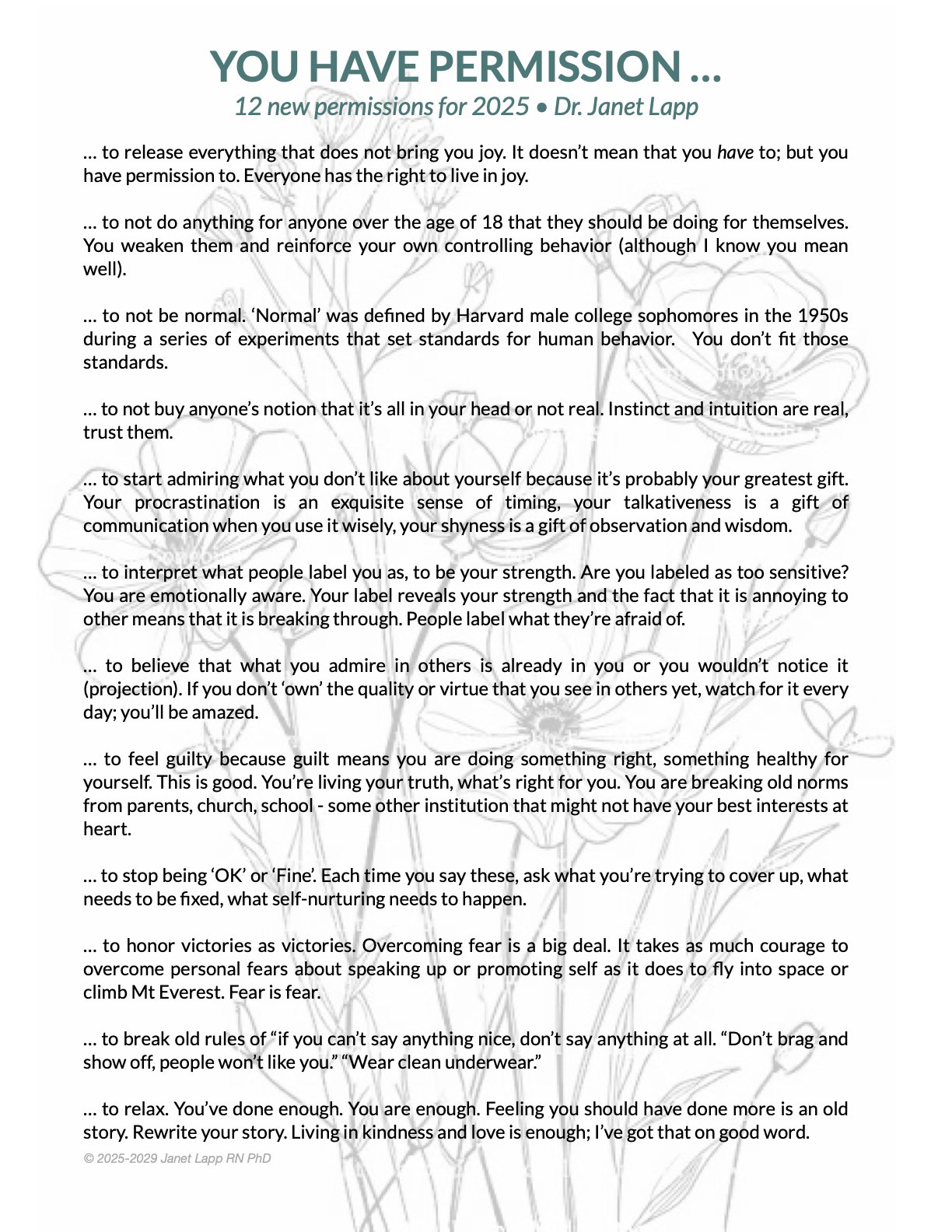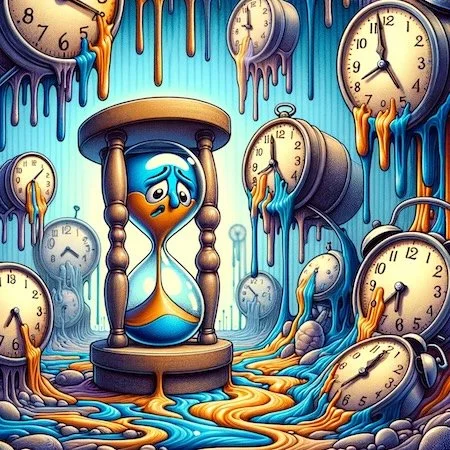Anxiety about the future is not a strategy. Preparation is. Opportunities strike when you least expect them, and ideas often hit when you’re doing other things. So, how can you cultivate a mind that’s ready to seize the moment? It starts with flexibility.
Here are six quick mental shifts you can make to strengthen your brain, spark creativity, and prepare for what’s next. These simple exercises take less than one minute each but can lead to big changes over time by building new neural pathways.
1. Say Yes When You Usually Say No
One of our most ingrained habits is saying "no." While saying no is important to protect boundaries, flipping the script occasionally can open doors to unexpected opportunities. For instance, say “yes” to a colleague’s new idea you’re tempted to dismiss. Agree to try an activity outside your comfort zone, like bungee jumping or a cooking class.
Research shows that saying yes to new experiences fosters neuroplasticity, the brain’s ability to reorganize itself by forming new connections¹. By shaking up your typical response, you’re literally rewiring your brain to be more adaptable.
Action Tip:
Next time you’re inclined to say no, pause. Ask yourself, “What’s the worst that could happen if I said yes instead?”
2. Stop Bad “Buts”
Bad “buts” are those little phrases that come right after a “yes”—like, “Yes, but that won’t work because…” These excuses limit your potential. Instead, try replacing “Yes, but” with “Yes, and.” This simple linguistic tweak can foster collaboration and innovation, both at work and in personal relationships.
For example, imagine brainstorming in a team meeting. Instead of shutting down a colleague’s idea with a “Yes, but…” response, say, “Yes, and what if we also tried this?” It keeps the conversation flowing and opens the door to creative solutions.
Action Tip:
Practice using “Yes, and” in your next conversation and note how the dynamic changes.
3. Replace Knowing With Curiosity
Experts often fall into the trap of relying on their knowledge rather than staying curious. But curiosity is essential for growth and innovation. When a familiar topic comes up, resist the urge to assert your expertise. Instead, ask questions like, “What do you think?” or “What’s your take on this?”
This approach not only builds better connections with others but also challenges your brain to see problems from fresh perspectives. A study published in Neuron highlights how curiosity enhances learning and memory².
Action Tip:
In your next meeting or conversation, ask at least one open-ended question instead of giving an answer.
4. Change One Habit
Habits create efficiency, but they can also trap us in rigid routines. Breaking just one habit—even temporarily—can stimulate creativity and build new neural pathways. For example, take a different route to work, switch up your morning routine, or order something new at your favorite restaurant.
These small changes force your brain to adapt, making it more flexible and open to novel ideas. Plus, breaking a routine can reduce stress by pulling you out of autopilot mode.
Action Tip:
Write down one habit you want to tweak and list two alternative behaviors you can try this week.
5. Change Your Physical Environment
Your surroundings have a profound impact on your mindset. Clutter, repetitive visuals, or dull environments can stifle creativity. Making even a minor change—like rearranging your desk or adding a plant to your workspace—can refresh your perspective and boost productivity.
According to research from the University of Exeter, employees who personalize their workspaces are 32% more productive than those who don't.³ This underscores the importance of tailoring your environment to support your mental flexibility.
Action Tip:
Pick one area of your home or workspace to refresh this week. Move furniture, reorganize your desk, or swap out old decor.
6. Switch Roles With Someone Else
Empathy and perspective-taking are powerful tools for expanding your mental horizons. Try stepping into someone else’s shoes—literally or figuratively. For example, think of an event you and a friend experienced together. Spend a minute describing it from their point of view, imagining how they felt and what they noticed.
This exercise not only deepens your understanding of others but also trains your brain to approach problems from multiple angles. Perspective-taking has been shown to improve emotional intelligence and reduce conflict in relationships.
Action Tip:
Ask a friend or partner to try this exercise with you. Share your experiences and reflect on what you learned from seeing the situation through their eyes.
Final Thoughts
Flexibility is a skill you can cultivate. By making these small, intentional shifts, you’ll train your brain to be more open, adaptable, and ready for the opportunities life throws your way. Start with one change today, and watch how it transforms your thinking.
For more tips on building a resilient mindset, check out this guide on developing emotional intelligence. And if you’re curious about how habits shape your brain, explore James Clear’s insights on atomic habits.
Ready to Make a Team Mind-Shift?
These six shifts aren’t just for individuals. They can transform entire teams. Imagine a workplace where everyone practices curiosity, embraces change, and collaborates with a “Yes, and” mindset. The potential for innovation is limitless.
Together, we can build a stronger, more agile workforce prepared for whatever comes next.
References:
Kolb, B., & Gibb, R. (2014). Brain plasticity and behavior. Nature Reviews Neuroscience, 15(2), 81–92. DOI:10.1038/nrn3678
Gruber, M. J., Gelman, B. D., & Ranganath, C. (2014). States of curiosity modulate hippocampus-dependent learning via the dopaminergic circuit. Neuron, 84(2), 486-496. Retrieved from https://pmc.ncbi.nlm.nih.gov/articles/PMC4254035/
University of Exeter. (2010, September 7). Office workers 'happier and 32% more productive' when allowed to personalize their workspace. ScienceDaily. Retrieved from https://www.sciencedaily.com/releases/2010/09/100907104035.htm


























